The project began in 1958, and was the resting place of senior advisor Ngo Dinh Nhu (younger brother of President Ngo Dinh Diem) and his wife Tran Le Xuan (1921 - 2011). Because Mr. Diem did not have a wife, she was considered the first lady of the First Republic (1955 - 1963).
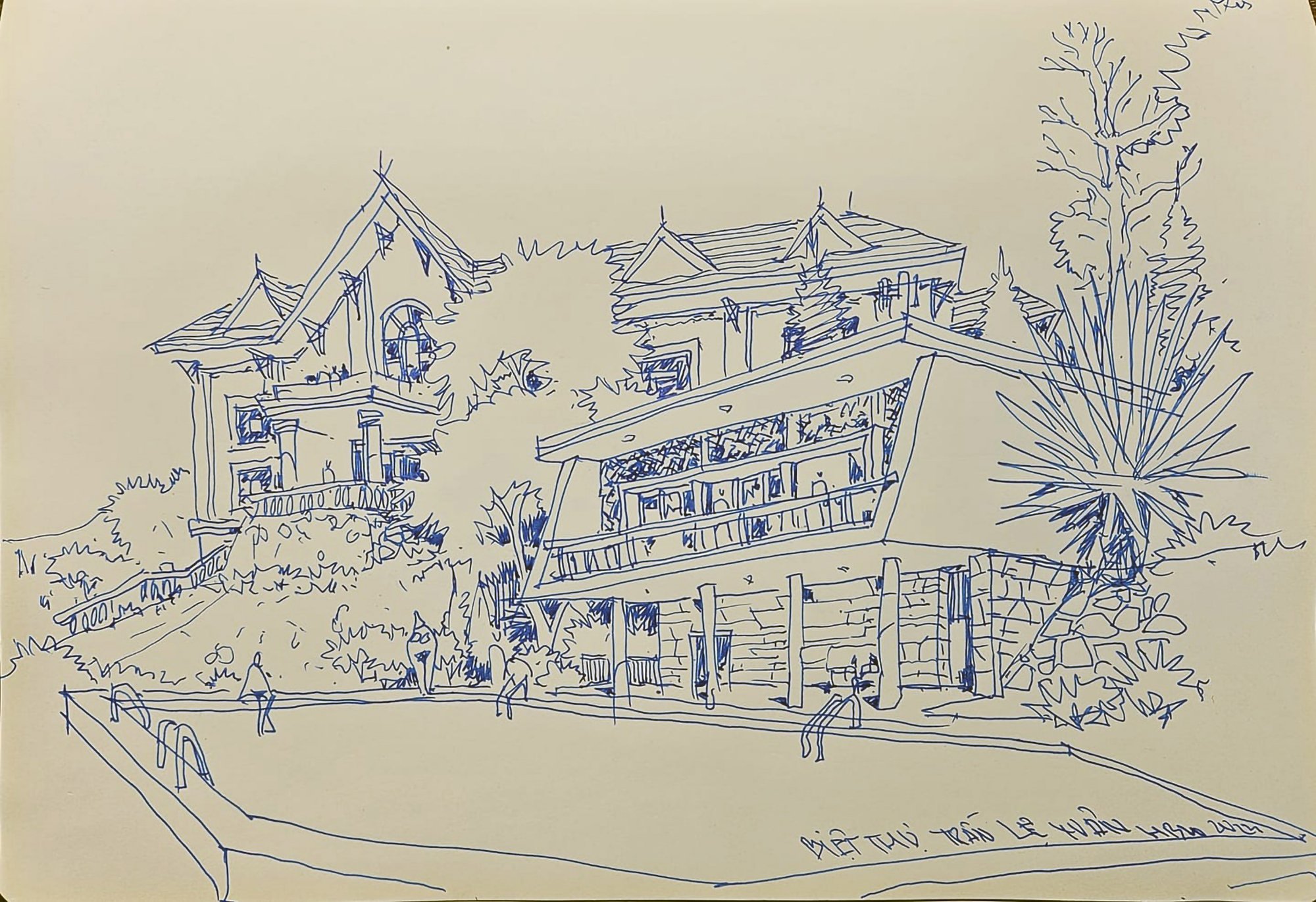
Bach Ngoc Villa
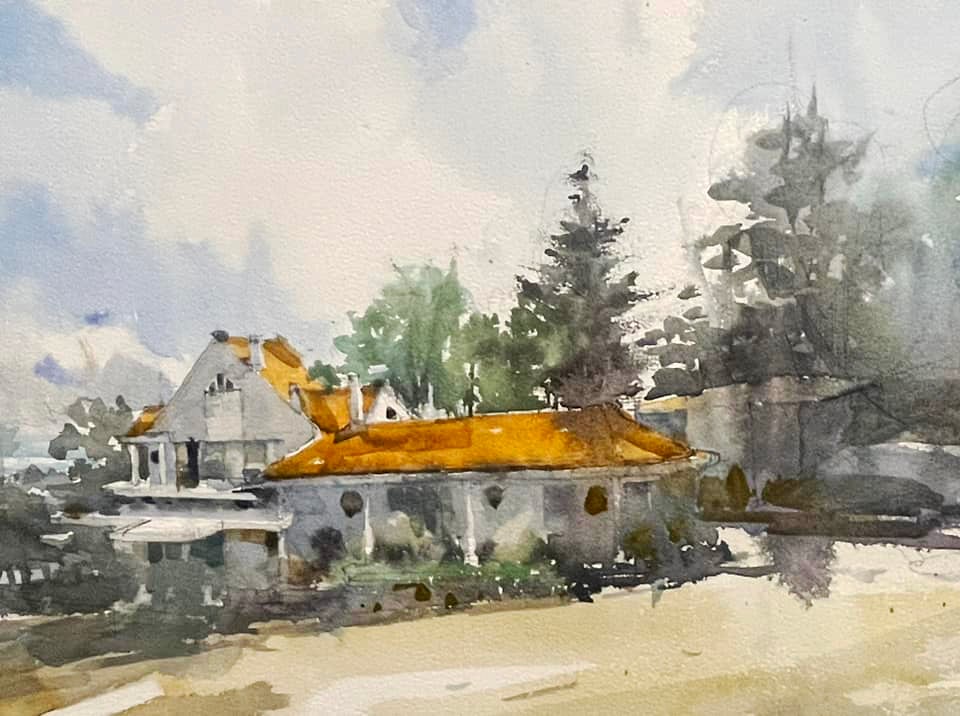
Sketch by Architect Dang Phuoc Tue
Once protected as important military zones, Tran Le Xuan's villa (total area of about 1.3 hectares) consists of 3 villas. Bach Ngoc is where her family and officials entertain. There is a hot water swimming pool here (believed to be the only one in the South at that time). Hong Ngoc was a gift she gave to her father, Mr. Tran Van Chuong (at that time the ambassador of the Republic of Vietnam to the US). Lam Ngoc is the family's weekend getaway, consisting of two buildings built in French architectural style. The villa garden has a lotus pond that, when full, will clearly show the map of Vietnam, a row of rocks symbolizing the 17th parallel dividing the two regions... All rooms have fireplaces, a shelter that can withstand heavy fire, and an escape tunnel.

Lam Ngoc Villa - sketch by architect Dang Phuoc Tue
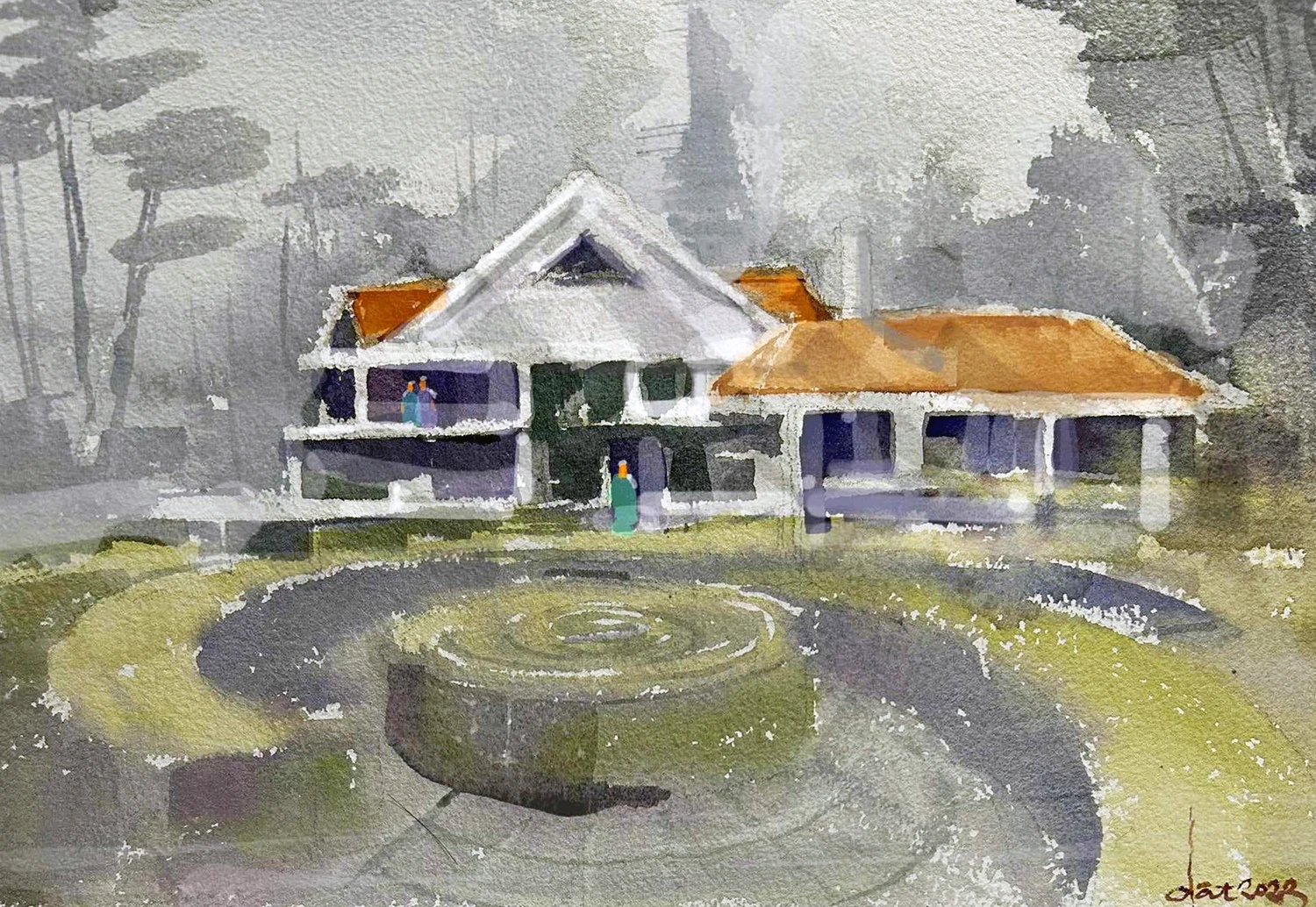
Sketch by Architect Hoang Huu Dat
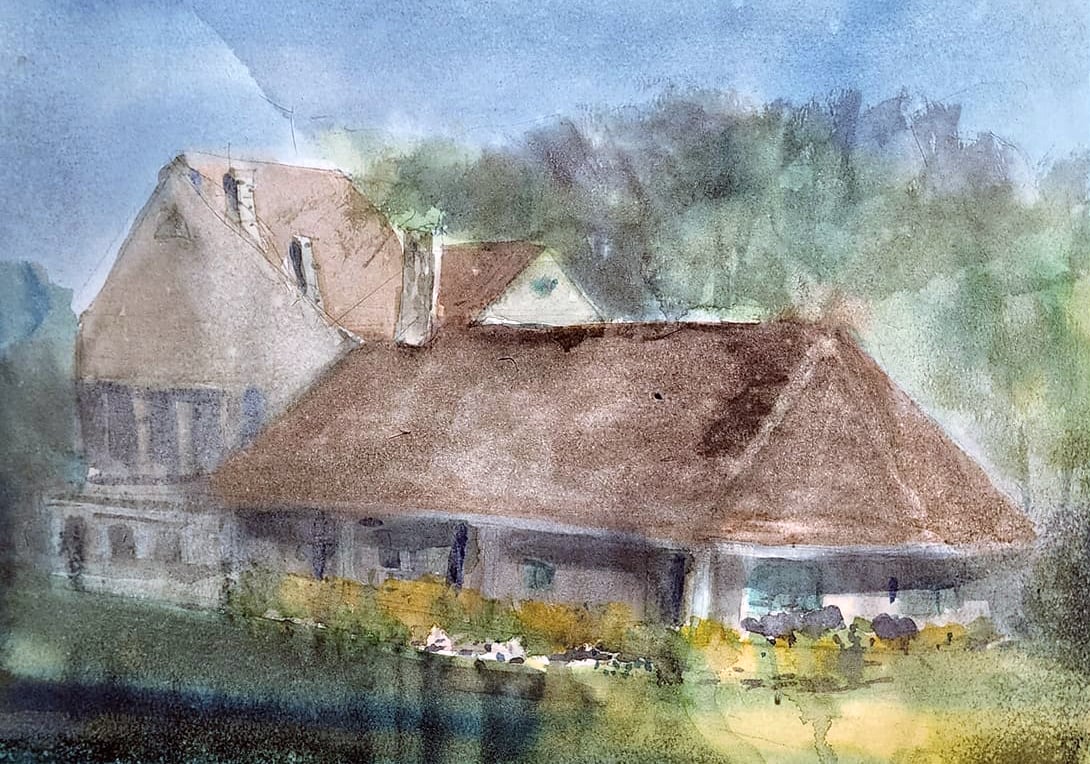
Lam Ngoc Villa - sketch by architect Phung The Huy
After the coup in 1963, Mrs. Tran Le Xuan went abroad to live. In 1969, the building became the Tay Nguyen Ethnic Museum and the National Archives Center IV in 2007. This place became a World Documentary Heritage site with nearly 35,000 Nguyen Dynasty woodblocks (reverse engraved Chinese or Nom characters used to duplicate documents), including the "Decree on the Transfer of the Capital" by Ly Cong Uan in 1010, King Minh Mang naming Hanoi province in 1831... and many valuable documents.

The small and graceful Hong Ngoc Villa is a gift from her advisor to her father - sketch by architect Tran Xuan Hong
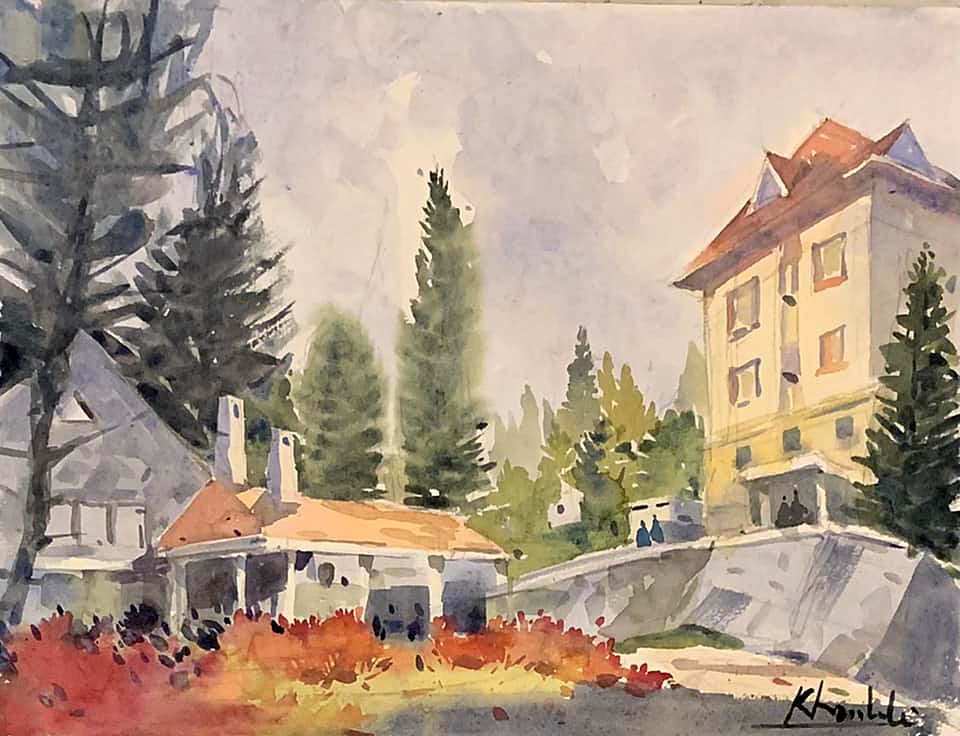
Lam Ngoc Villa Garden - sketch by Architect Nguyen Khanh Vu
Source link


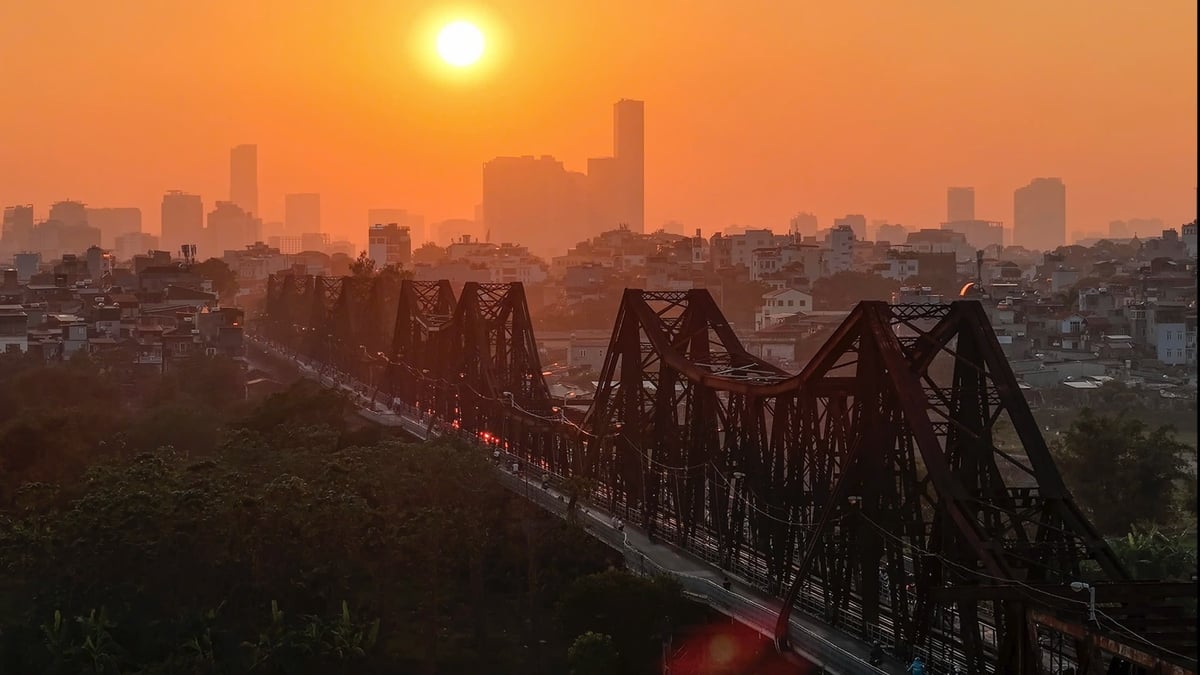
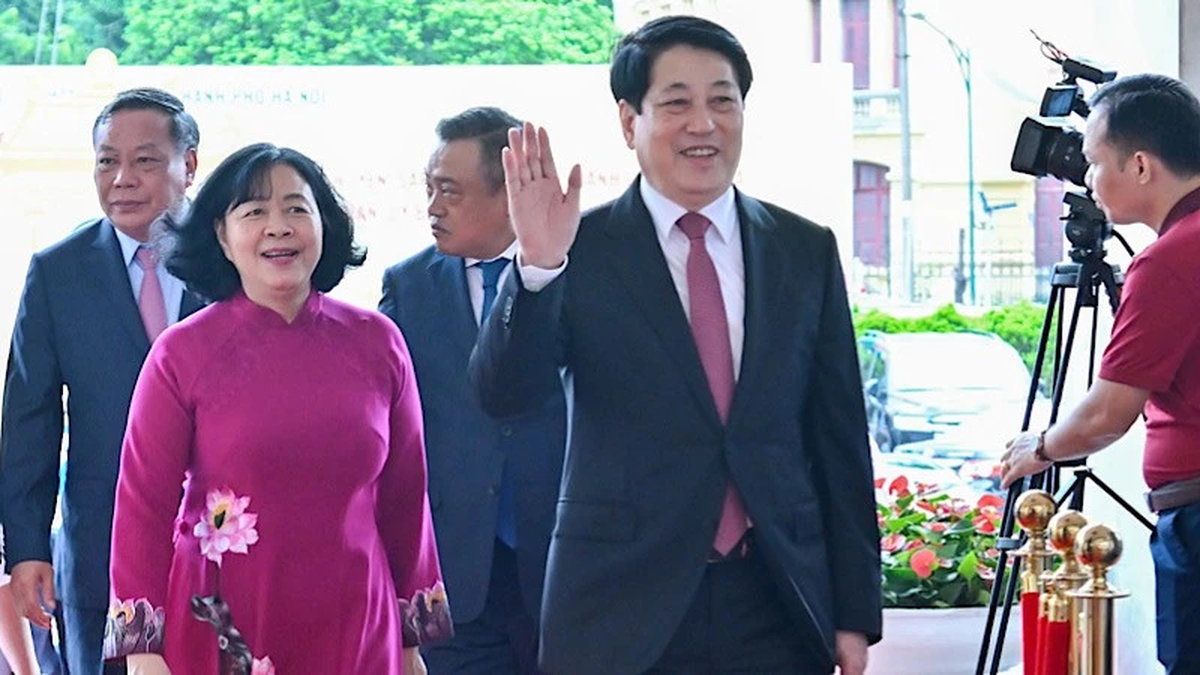
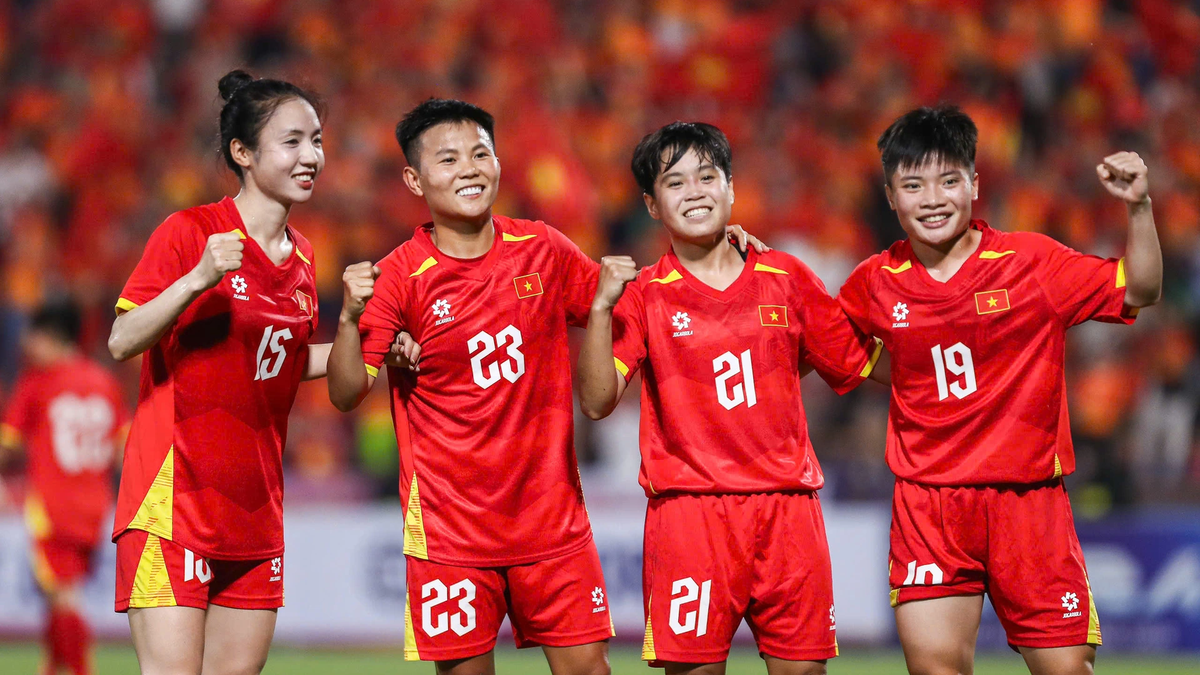
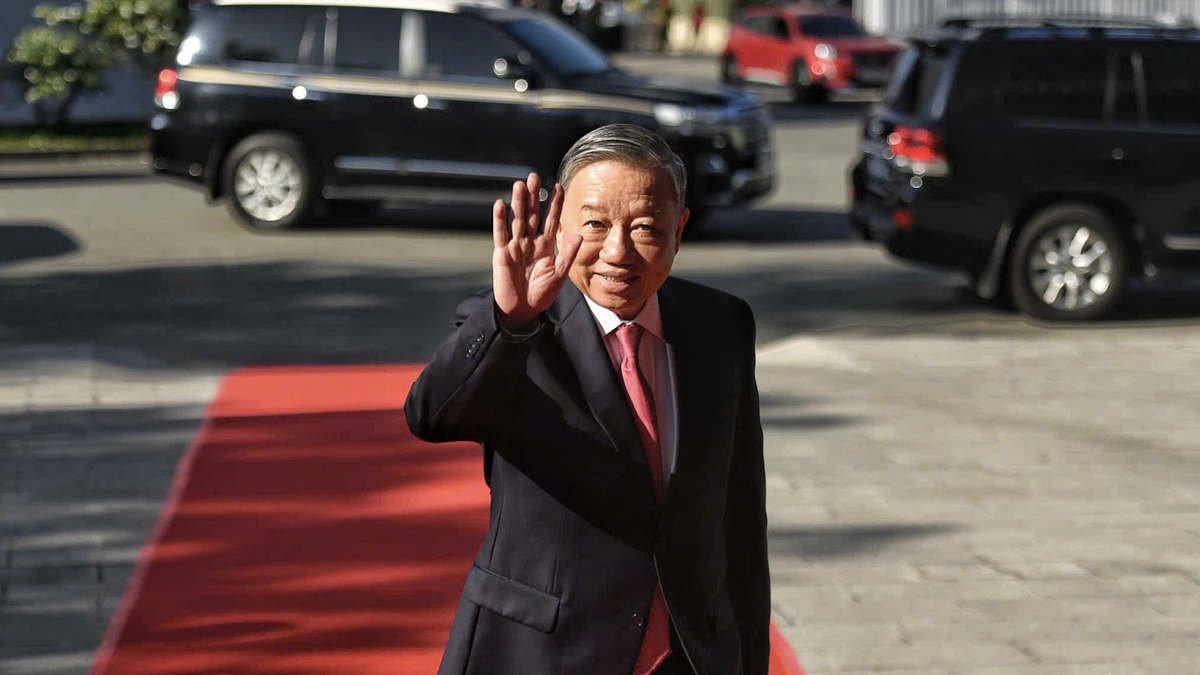
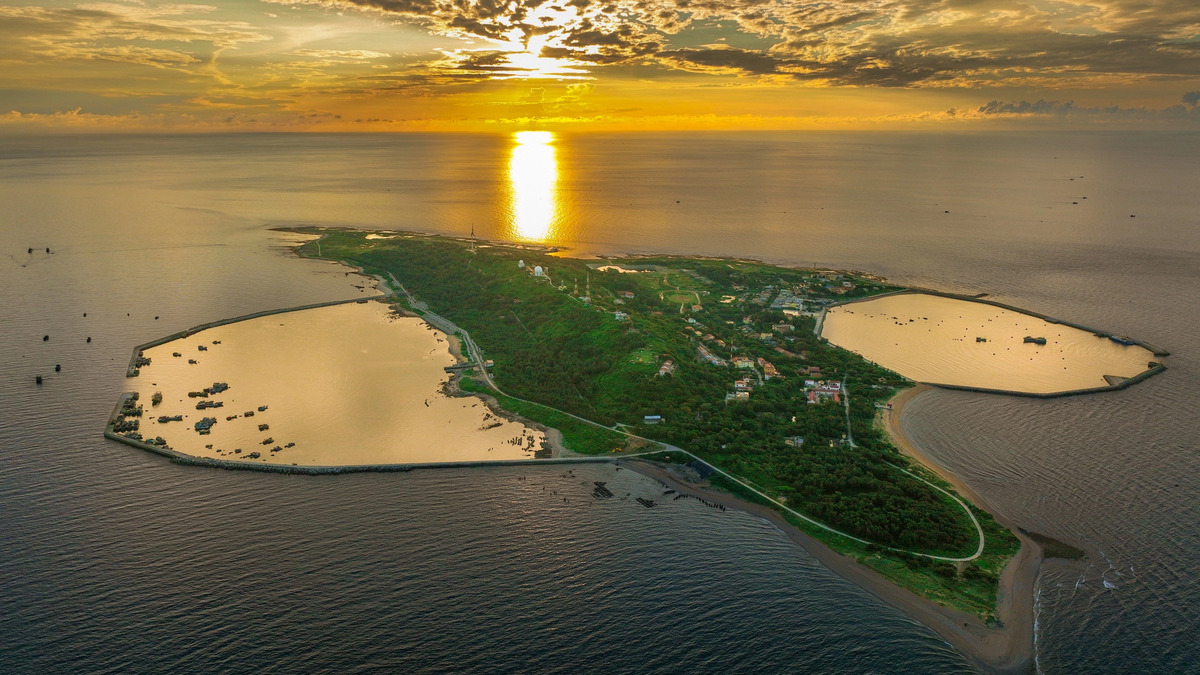

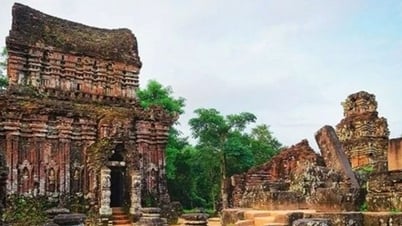

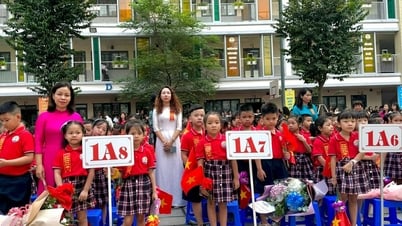
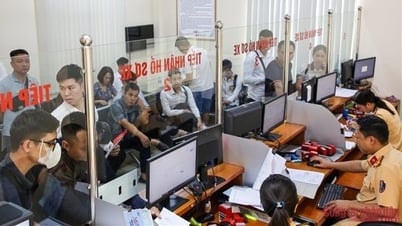



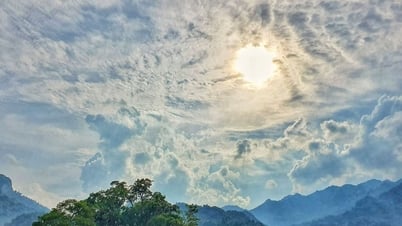
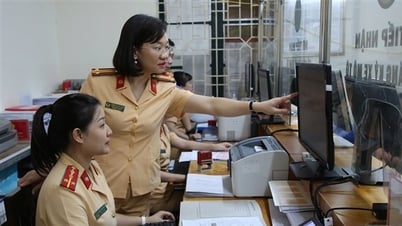





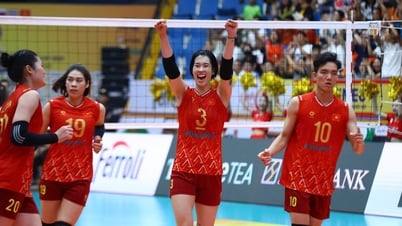
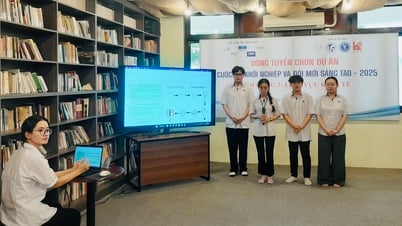
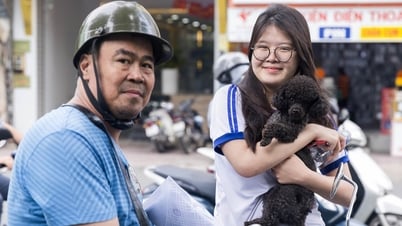
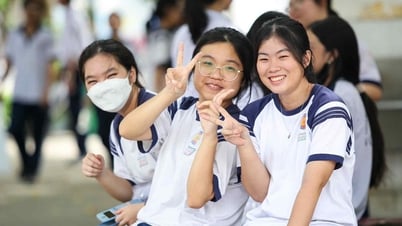
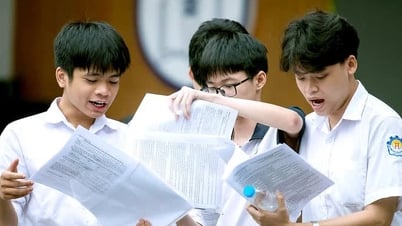
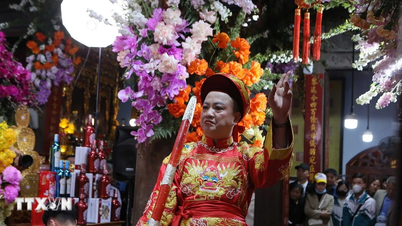

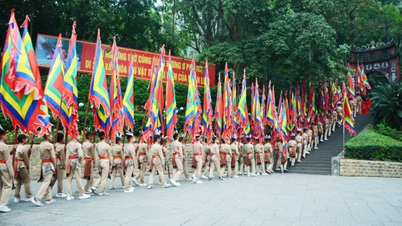

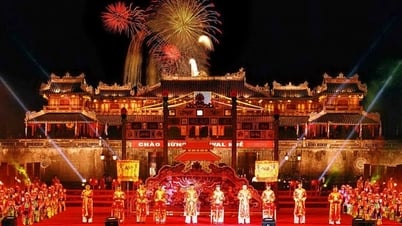

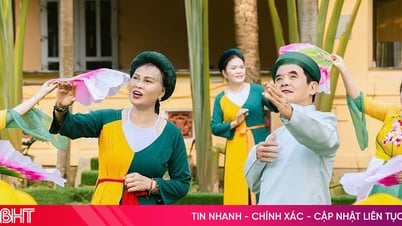




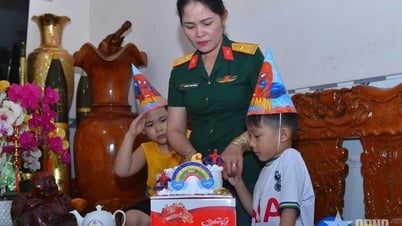
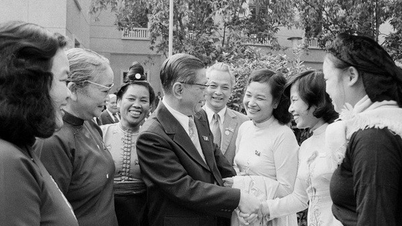
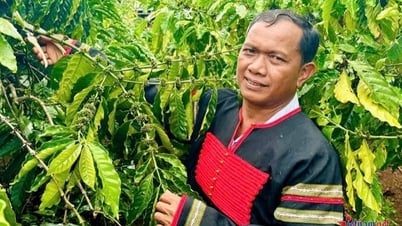

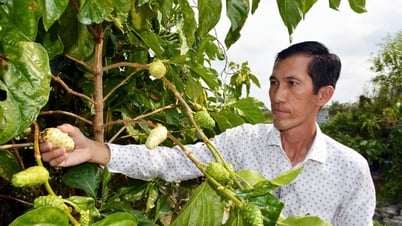
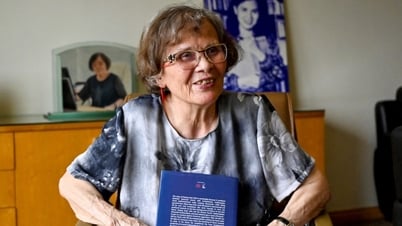


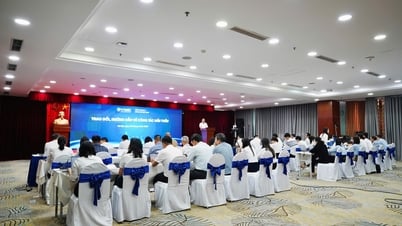




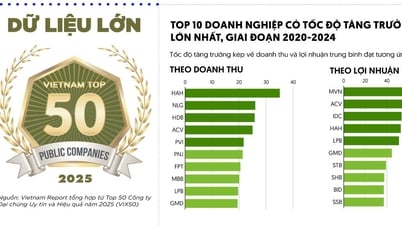
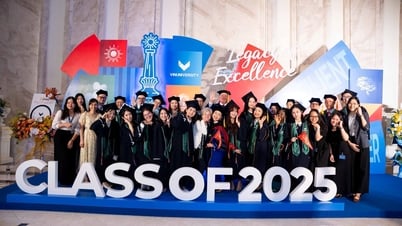

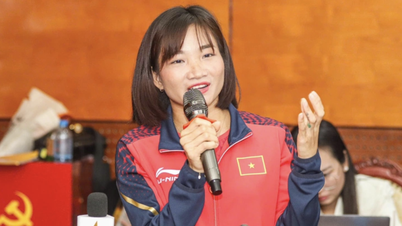
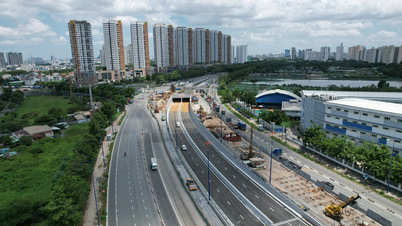
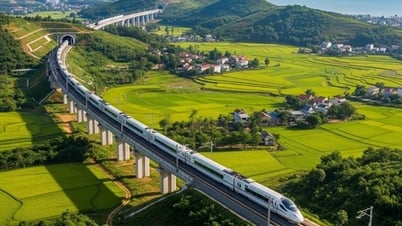





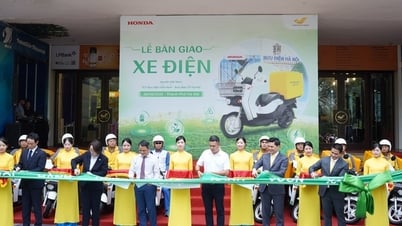

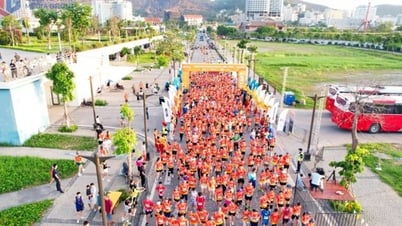
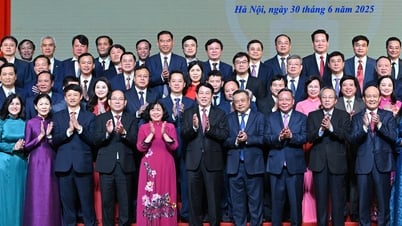

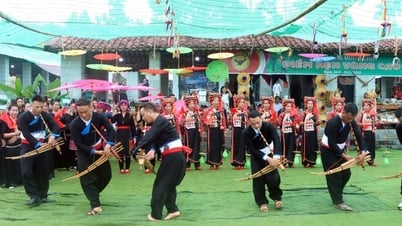
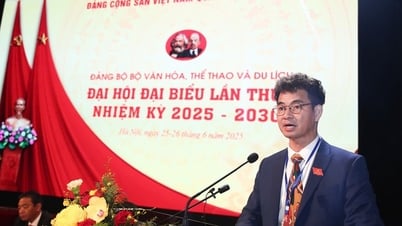
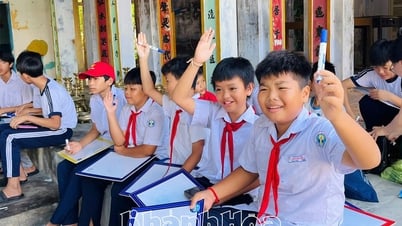



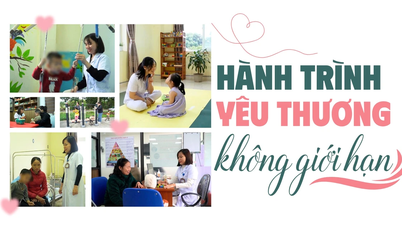

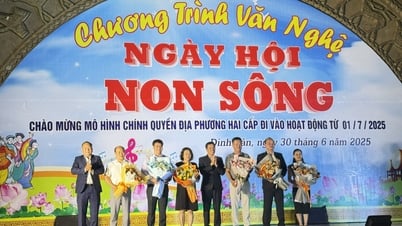

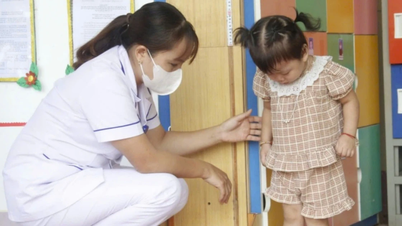
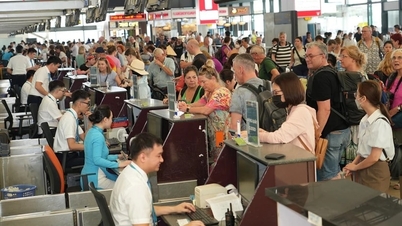








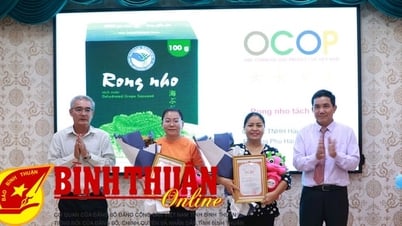



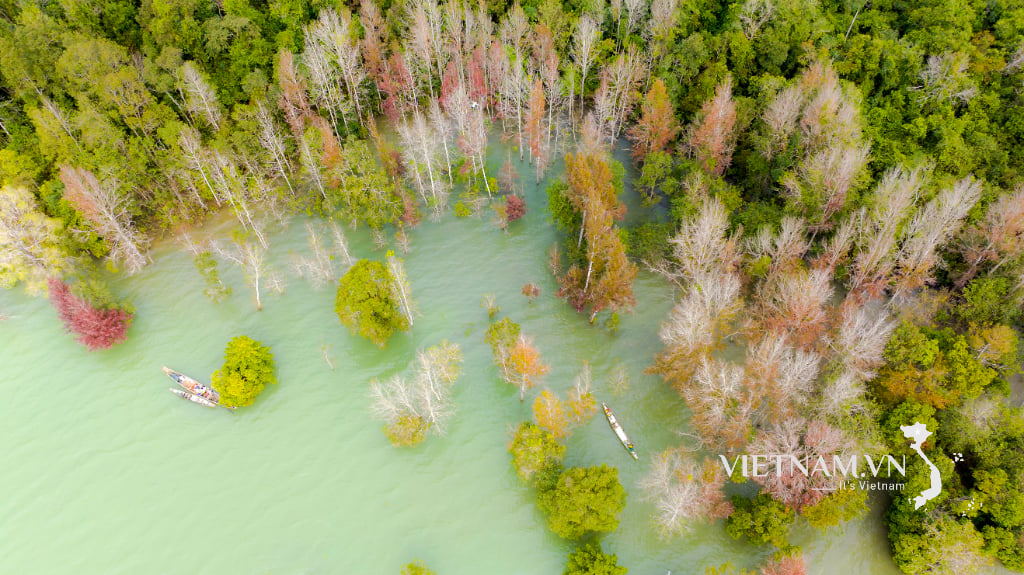



Comment (0)